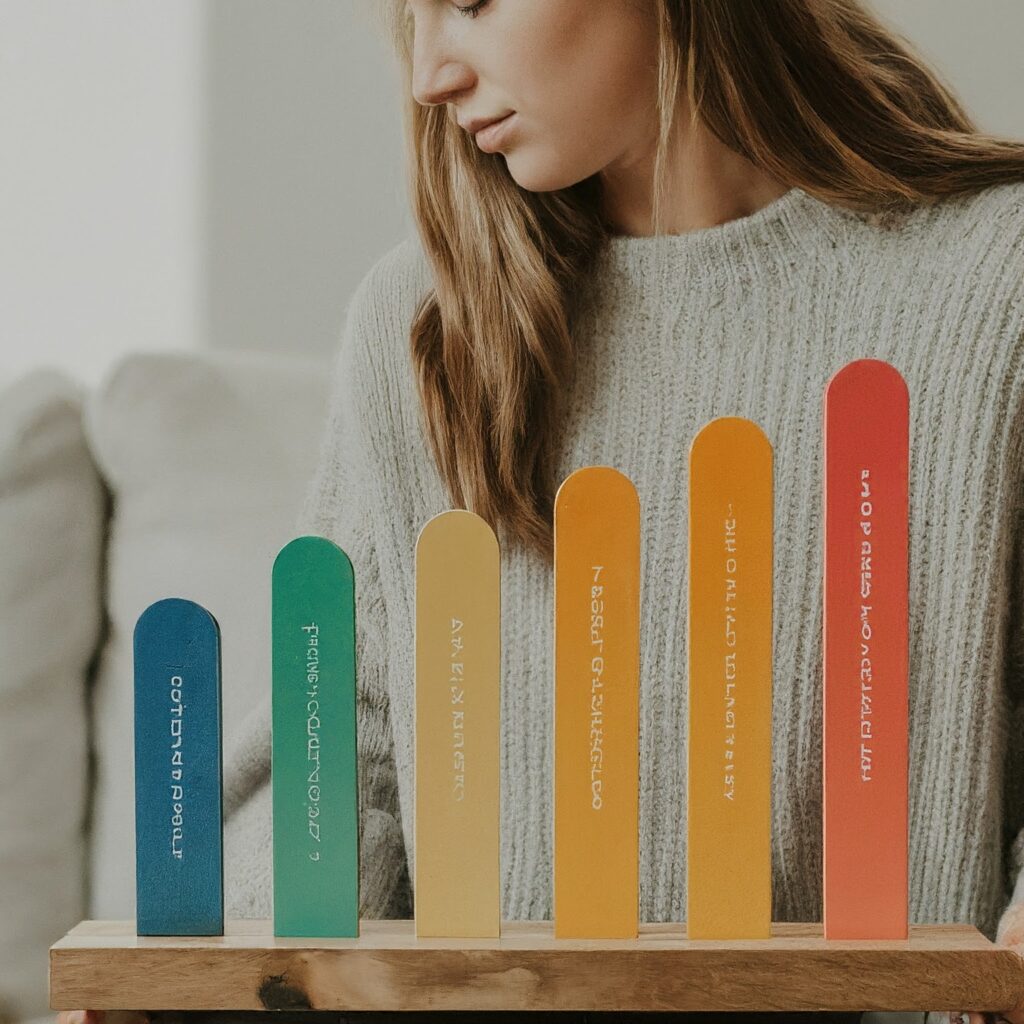Ever dreamed of wielding languages like superpowers, unlocking cultures, and maybe even serving your country through foreign language expertise? Then the Defense Language Aptitude Battery (DLAB) might be your first hurdle. But with numerous scores, categories, and interpretations, the question often arises: what actually constitutes a “good” DLAB score?
Imagine four difficulty levels, like belts in martial arts. Category I languages (think Spanish or French) are like the white belt, requiring a minimum score of 95. As you progress through Category II (German) and III (Russian, Thai), the scores climb to 100 and 105 respectively. Finally, the black belt of languages – Category IV (Arabic, Chinese) – demands a minimum of 110.
Navigating this can feel like deciphering a secret code. Fear not, intrepid language adventurer! This article will be your decoder ring, guiding you through the DLAB landscape and helping you understand what score unlocks your specific language goals. We’ll explore minimum requirements, delve into what truly makes a “good” score, and uncover other factors that influence your language learning journey. Buckle up, and let’s crack the code of the DLAB together!

Minimum Qualifying Scores: Passing the First Gate
So, you’ve set your sights on language domination, and the DLAB stands sentinel. But fret not, for every fortress has a threshold. Here’s where we unpack the minimum scores needed to gain entry into different “language categories”:
These scores aren’t arbitrary. They reflect the inherent complexity of different languages, considering factors like writing systems, tonal variations, and grammatical structures. But wait, there’s a twist! Each branch of the military sets its own bar. While some like the Army and Navy accept the minimums, the Air Force demands a flat 110 for any language, ensuring their linguists can tackle even the toughest tongues.
Remember, these are just the starting points. They guarantee entry into a training program, but don’t necessarily unlock your dream language. So, what makes a “good” score beyond these minimums? Buckle up, for we’re about to delve deeper…
What Makes a “Good” Score? Beyond the Bare Minimum
Minimum scores get you in the game, but a “good” DLAB score depends on your unique objectives:
Entering any language program: Aim for 110 or above. This opens doors to a wider range of languages and programs, especially in competitive branches like the Air Force. Think of it as having more language superpowers at your disposal!
Targeting a specific language: This is where things get interesting. Remember those language categories? The higher the category, the higher the score needed. So, for Category IV languages like Arabic, a score of 120 or more would be considered “good,” while for Category I languages like Spanish, even 105 could suffice. Research your target language’s category to set your sights.
Competitive programs: Dreaming of prestigious programs like Olmstead or Foreign Area Officer? Be prepared to shoot for the stars. Scores of 130 and above become the new benchmark, indicating exceptional language aptitude. Remember, competition is fierce, so reaching for the higher scores increases your chances of shining.
Personal development and enjoyment: Don’t get too caught up in numbers! Even a score below the minimums doesn’t define your language learning potential. If your goal is personal growth and the joy of exploring new languages, dedication and consistent effort matter more than a single test score. Remember, language learning is a marathon, not a sprint.
It’s crucial to remember that a high DLAB score is not a golden ticket to fluency. It simply suggests your potential for rapid language acquisition. Just like mastering any skill, hard work, cultural immersion, and consistent practice are key. So, focus on the journey, embrace the challenges, and remember, even “low” scorers can blossom into language masters with the right approach.
Beyond the Score: Unveiling the Hidden Players
The DLAB is a valuable tool, but it’s only one piece of the puzzle. Here’s why focusing solely on the score can be misleading:
Motivation is your engine: Remember that burning desire to conquer languages? That intrinsic drive is far more crucial than any test score. It fuels your perseverance through challenges and keeps you engaged in the long run. So, stoke that fire and let it guide your journey!
Study habits are your roadmap: Imagine navigating a new city without a map. Effective study habits become your compass, helping you learn efficiently and retain information. Experiment with different techniques, from spaced repetition to active listening, and find what works best for you.
Cultural awareness is your bridge: Language is more than words; it’s a window into a culture’s soul. Embracing the cultural nuances associated with your target language deepens your understanding and fosters genuine connection with native speakers. So, dive into the music, movies, and traditions to truly bridge the cultural gap.
Prior experience is your secret weapon: Have you dabbled in other languages or even your native tongue? Don’t underestimate this advantage! Existing language skills can provide a foundation for learning new ones, making the process faster and more efficient. Leverage your past experiences to boost your language learning journey.
Remember: Individuals with “low” scores have aced languages, while some high scorers struggled. The key lies in a combination of factors. Don’t get discouraged by numbers; instead, focus on nurturing your motivation, cultivating effective study habits, embracing cultural awareness, and capitalizing on existing language skills. With dedication and the right approach, you can unlock your true language potential, regardless of your DLAB score.